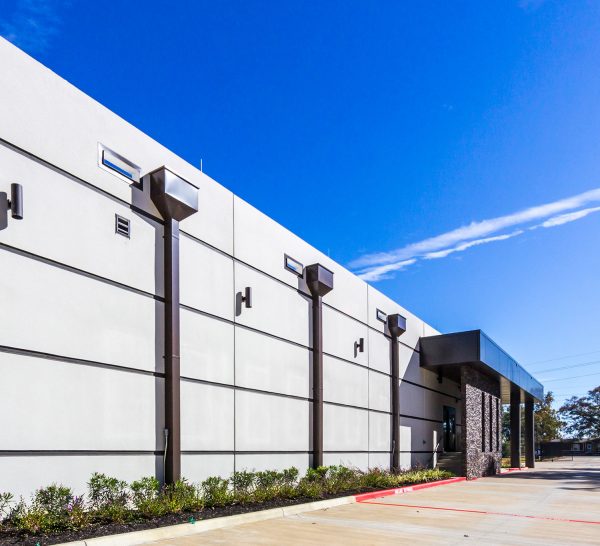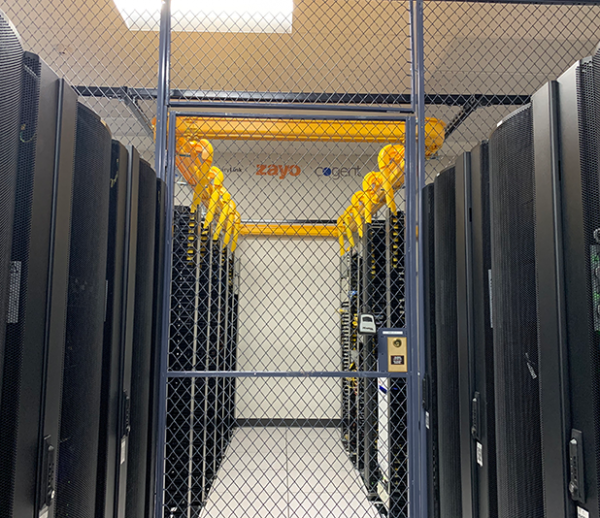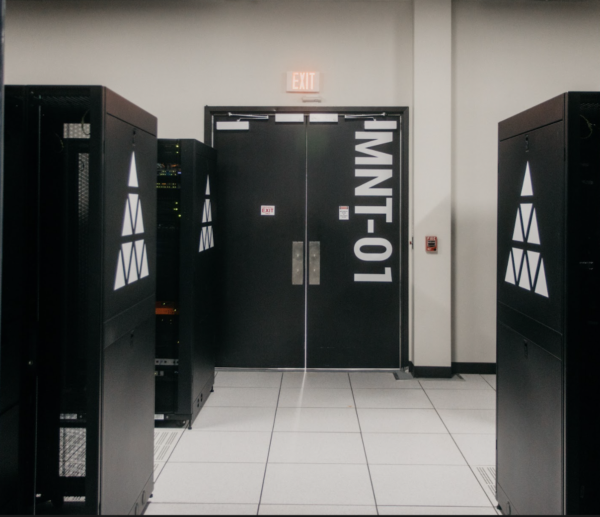In a digital economy, the time it takes a data packet to travel across a network can spell the difference between a fluid user experience and a frustrating one.
Whether you operate global cloud services, run a business-critical SaaS platform, or deliver immersive gaming, low latency is no longer a luxury; it is table stakes.
This article examines the sources of data center latency, explains how to measure and reduce it, and showcases real-world wins when delay is minimized.
What is Data Center Latency?
Data center latency is the total time between a user action or an application request and the corresponding response from servers housed in one or more data centers.
Often expressed in milliseconds (ms), it encapsulates network latency (propagation and switching delays), processing delays inside servers or storage, and queuing delays during congestion.
Why Low Latency Drives Modern Digital Business
Low latency boosts performance, enhances user experience, and unlocks new real-time services: algorithmic trading, connected vehicles, telemedicine, and more.
Studies show a mere 100 ms of extra delay can slash e-commerce conversion by up to 7%. For high-frequency traders, high latency can translate directly into lost revenue. In short, latency is a hard-dollar metric.
Key Factors That Create Latency inside Data Centers
Below, you’ll find the main technical reasons latency creeps in, broken down one by one.
Distance, Data Packets, and the Speed of Light
Physics sets the baseline: light in fiber travels ~200,000 km/s. Each kilometer adds ~5 µs of delay. Multiply that across cross-continental hops and back-and-forth acknowledgments; latency data stacks up quickly.
Locating compute closer to users via edge computing or regional data centres cuts the physical distance data must traverse.
Network Infrastructure & Topology Choices
Switch fabric depth, oversubscription ratios, and port speeds all impact how quickly data packets are switched.
Leaf-spine topologies with high-bandwidth, non-blocking fabrics minimize hop count and latency network penalties.
Hardware Processing Delays (CPUs, NICs, Storage)
After a packet reaches a server, it must still be processed by the operating system, application stack, and sometimes storage arrays.
Commodity NICs introduce tens of microseconds; SmartNICs or DPUs strip that to single-digit microseconds by offloading tasks.
Software, Protocol, and Virtualization Overheads
TCP handshakes, TLS encryption, and hypervisor context switches add micro or milliseconds.
Fine-tuning window sizes, adopting QUIC, or using kernel-bypass frameworks (DPDK, eBPF, RDMA) removes unnecessary software hops.
Congestion, High Traffic, and Micro-bursts
When too many flows contend for limited buffers, queue packets are switched, causing high latency spikes.
Proper QoS policies, RED/ECN, and adequate buffer design mitigate this.
Cloud vs. Edge Deployment Trade-offs
Centralized cloud regions offer scale but may sit far from end-users. Edge micro-data centers place compute within tens of miles, slashing round-trip time.
Hybrid strategies marry both.
How to Measure Latency Accurately
Before improving latency, you need reliable numbers; this part shows you how to get them.
Essential Metrics
- Round-Trip Time (RTT): classic ping metric.
- One-Way Delay: isolates outbound vs. return path.
- Jitter: variation in delay, critical for voice/video.
- Packet Loss: correlates strongly with perceived sluggishness.
Tools and Techniques
- Ping / Traceroute: quick health checks.
- Flow telemetry & sFlow/NetFlow: continuous latency data visibility.
- Application Performance Monitoring (APM): measures end-to-end user transactions.
- Synthetic transaction probes: scripted, periodic tests from various geos.
Building Baselines and Setting SLAs
Start with steady-state measurements. Establish thresholds (e.g., 3 ms intra-DC, 50 ms inter-region). Tie SLAs to specific segments: access, core, or edge.
Proven Strategies to Reduce Latency
There are proven tactics that deliver measurable drops in delay without sacrificing reliability.
Shortening Network Paths & Using Anycast
Flatten networks; drop L2 stretch where possible. Deploy Anycast IP so user traffic hits the nearest node, trimming packet time travel.
Upgrading Digital Infrastructure (100 GbE+, NVMe-oF)
Higher port speeds cut serialization delay. NVMe over Fabrics takes SSD performance across the wire with sub-100 µs access for data packets.
Edge Computing and Micro-Data Centers
By crunching data near its source factory floor, 5G tower, and retail store, edge nodes deliver local responses and send only summaries to the core, keeping perceived latency low.
Hardware Acceleration
SmartNICs handle TLS termination and VXLAN offload, GPUs accelerate AI inference at the edge, and FPGAs deliver nanosecond packet filtering – each trimming processing time.
Real-World Impact on Applications & Users
Here’s how latency (or the lack of it) shows up in everyday experiences and bottom lines.
Financial Services and High-Frequency Trading
Equities can swing in microseconds. Firms place trading engines within colocation data centers meters from the exchange matching engine to achieve sub-100 µs network latency.
Online Gaming, VR/AR, and Media Streaming
Competitive gamers notice 30-ms spikes. VR sickness starts near 20 ms motion-to-photon delay. Global CDN PoPs and UDP-based protocols keep the user experience smooth.
Industrial IoT and Real-Time Analytics
Smart factories rely on millisecond feedback loops. Edge computing gateways process sensor data locally, triggering robotic actions without hauling every byte to a remote cloud.
E-commerce, Search, and User Experience
Amazon famously linked 100 ms delays to 1% fewer sales. Fast page loads cut bounce rates and raise SEO ranking, reinforcing a virtuous performance cycle.
Low-Latency Success Stories
Here are a few examples that show what happens when organizations prioritize latency.
Global Cloud Provider Edge Rollout
By deploying 200 + micro-data centres across metro areas, a hyperscaler dropped median API response from 120 ms to 35 ms, enabling real-time collaboration features.
5G Mobile Network Operator Transformation
A European carrier pushed user-plane functions (UPF) to regional hubs. Video start-up delay fell 40%, and AR adoption jumped, proving the business value of low-latency digital infrastructure.
Future Trends to Watch
We wrap up with a quick tour of emerging tech that could drive latency even lower.
AI-Driven Network Automation
Data center automation can analyze telemetry, preemptively predicting congestion and rerouting flows to maintain low latency.
Photonic Switching and Hollow-Core Fiber
All-optical switches deliver nanosecond port-to-port stays, while hollow-core fiber promises 30 % faster speed of light propagation.
Quantum-Safe, Ultra-Low-Latency Design
To maintain high performance, post-quantum crypto algorithms must balance security with minimal handshake overhead.
Learn More About Data Center Latency
By understanding where delay creeps in, selecting the right mix of edge computing, changing infrastructure for AI data centers, and using innovative software, you can consistently reduce latency and delight users.
Contact us for more information today!
Looking for colocation?
For an unparalleled colocation experience, trust our expert team with three generations of experience







